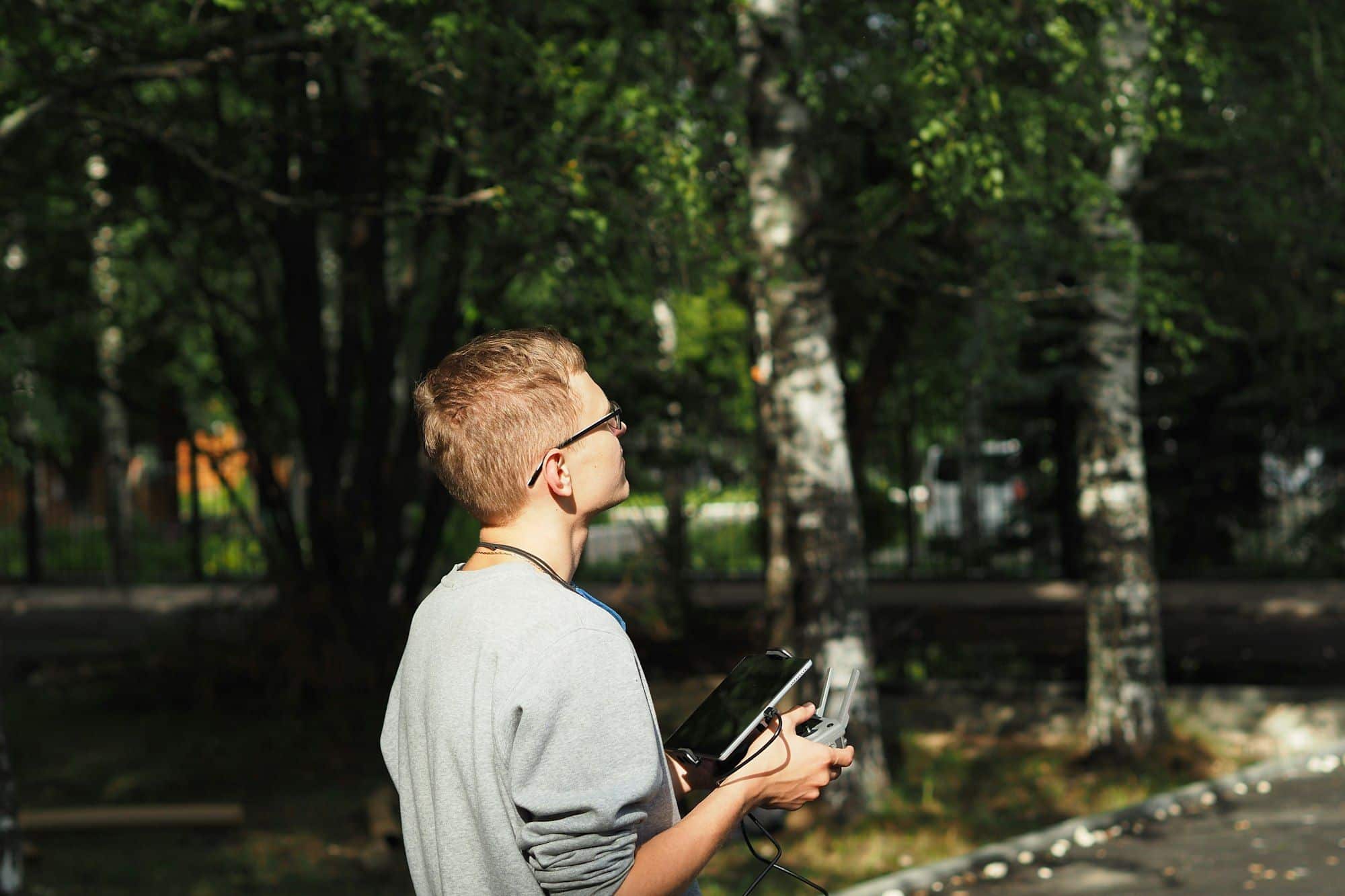In recent years, smartphones have revolutionized the way we capture moments, transforming everyday snapshots into stunning photographs. With advances in camera technology, mobile phones are now equipped with powerful features that rival even some professional cameras. But to truly harness the capabilities of your phone camera, understanding the best practices for mobile photography is essential. This article will guide you through tips and techniques to elevate your smartphone photography, ensuring that every image you take is a masterpiece.
Understanding Your Smartphone Camera
Before delving into specific techniques and tips, it’s crucial to understand the capabilities and limitations of your smartphone camera. Whether you own an iPhone or an Android device, knowing how to utilize your camera’s features will make a significant difference in the quality of your photos.
Have you seen this : Mastering Smart Home Management: Using Your Smartphone to Enhance Elderly Care
Most modern smartphones come with multiple camera lenses designed for various types of photography. From wide-angle to telephoto lenses, each serves a distinct purpose. Familiarize yourselves with what each lens can do and when to use them. The camera app on your phone will usually have several modes, such as Portrait, Night, and Pro modes. Experiment with these settings to discover which works best for different scenarios.
Image quality can be greatly impacted by the way you handle your phone. Stable hands are key to avoiding blurry shots. Consider using a tripod or a stabilizer, especially when shooting in low light conditions. Additionally, learn to adjust the white balance manually to ensure your colors are accurate.
Also to read : Mastering Smart Home Lighting: A Complete Guide to Managing Your System with Voice Commands
Understanding your smartphone’s capabilities is the foundation for great mobile photography. By mastering the basics, you’ll be better prepared to explore more advanced techniques.
Harnessing the Power of Natural Light
Lighting is a critical element in photography, and natural light is often the best source for capturing stunning images. Unlike artificial light, natural light can add a warm, genuine feel to your photos. However, it requires some skill to use effectively.
When taking pictures outdoors, the time of day can impact your results. The golden hour, which occurs shortly after sunrise and before sunset, provides soft and warm lighting that is ideal for photography. Midday sun, on the other hand, can be harsh and create unwanted shadows. If you must shoot in the middle of the day, look for shaded areas or use a diffuser to soften the light.
For indoor photography, use windows and doors to your advantage. Position your subject near the light source to illuminate their face and create a pleasing effect. Avoid using your phone’s flash as it can produce harsh shadows and unnatural skin tones.
Additionally, pay attention to the direction of the light. Side lighting can add depth and dimension to your photos, while backlighting can create a dramatic silhouette effect. By mastering the use of natural light, you can enhance the overall quality of your photos and make them more visually appealing.
Mastering Composition Techniques
Composition is the art of arranging elements within your frame to create a visually pleasing image. One of the most fundamental rules in photography is the Rule of Thirds. This guideline suggests dividing your frame into a 3×3 grid and placing your subject along these lines or at the intersections. The Rule of Thirds helps create balanced and engaging compositions.
Another effective composition technique is leading lines. These are lines within the photo that lead the viewer’s eye towards the main subject. Roads, pathways, and fences can all serve as leading lines. Symmetry and patterns also make for striking compositions, whether you’re capturing architecture or nature.
When shooting portraits, use Portrait Mode on your smartphone to create a shallow depth of field, which blurs the background and makes your subject stand out. Ensure that your subject’s eyes are in focus, as they are often the most engaging part of a portrait.
Don’t be afraid to experiment with different angles and perspectives. Shoot from high above, get down low, or try a side angle to add variety to your photos. The more you experiment, the more you’ll develop your unique style.
Utilizing Camera Apps and Photo Editing Tools
While your smartphone’s built-in camera app provides many useful features, third-party camera apps can offer even more advanced options. Apps like ProCamera, Camera+ 2, and Lightroom give you greater control over settings like shutter speed, ISO, and focus. These apps often come with a free trial period, allowing you to test their features before committing.
Once you’ve captured your photo, photo editing can take your image to the next level. Editing apps such as Snapseed, VSCO, and Lightroom Mobile provide a wide range of tools to adjust brightness, contrast, saturation, and more. You can also crop and straighten your photos to improve composition.
When editing, aim for a natural look. Over-editing can make your photos appear unrealistic. Subtle adjustments often yield the best results. Pay attention to the histogram, a graphical representation of the tonal values in your image, to ensure a balanced exposure.
Another useful feature in editing apps is the ability to use presets or filters. These can give your photos a consistent look and save you time. However, use them sparingly to maintain a professional appearance.
Advanced Photography Tips for Stunning Results
To truly excel in smartphone photography, consider these advanced tips to capture remarkable images.
-
Burst Mode: Use Burst Mode to capture multiple shots in quick succession. This is particularly useful for action shots or when capturing moving subjects. You can later choose the best photo from the series.
-
Tap to Focus: When using your phone camera, always tap on the screen to set the focus point. This ensures that your subject is sharp and the exposure is correctly set. Many cameras also allow you to lock focus and exposure by holding the screen.
-
Low Light Photography: For shooting in low light conditions, use the Night Mode on your smartphone if available. Reduce camera shake by using a tripod and increase the exposure time for better results. Adjust the ISO settings to minimize noise.
-
Manual Settings: If your camera app allows, switch to manual settings to have full control over exposure, focus, and shutter speed. This is particularly useful in challenging lighting conditions.
-
Lens Attachments: Consider investing in external lenses that attach to your smartphone camera. Wide-angle, macro, and telephoto lenses can expand your creative possibilities and improve image quality.
By incorporating these advanced techniques, you can capture professional-quality photos using your smartphone. Practice regularly, and don’t be afraid to experiment with different settings and compositions.
In conclusion, smartphone photography offers a world of possibilities right at your fingertips. By understanding your smartphone camera, harnessing the power of natural light, mastering composition techniques, utilizing advanced camera and editing apps, and applying expert photography tips, you can transform ordinary images into extraordinary works of art. Remember, practice makes perfect. The more you experiment and refine your skills, the better your photos will become. Embrace the convenience and power of your mobile phone, and elevate your photography to new heights.











